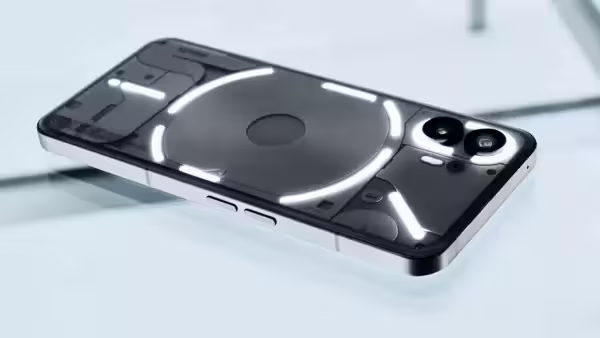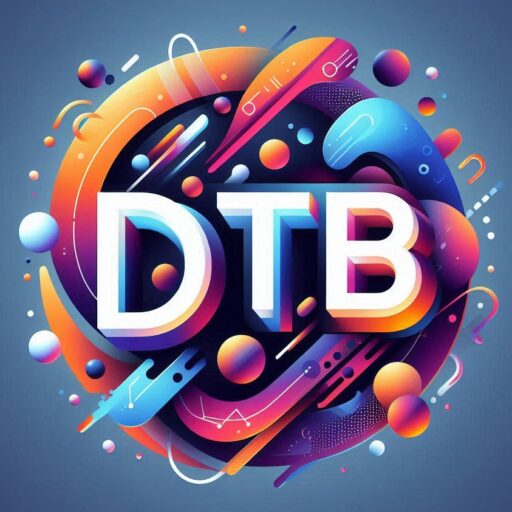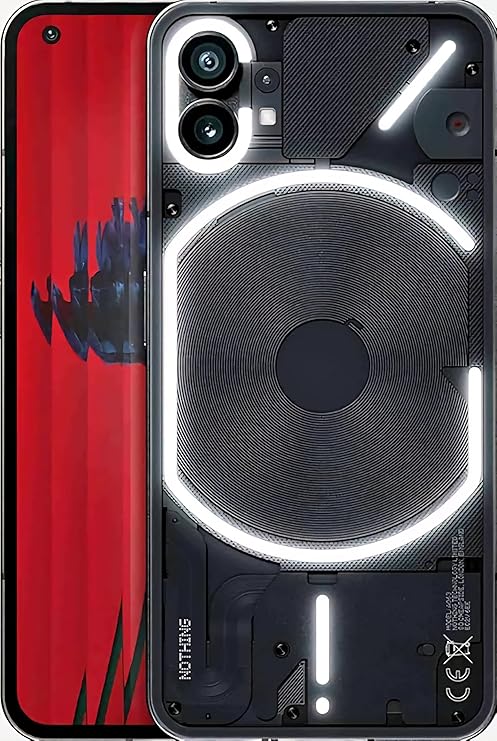
Nothing Phone 2: Full Specification, Price, Pros and Cons
| Specifications | Details |
|---|---|
| Model Name | A065 (Discontinued or not available in India) |
| Release date | Excellent with 12GB RAM and a clean UI |
| Design and Build Quality | |
| Material used Front | Corning Gorilla Glass |
| Material used back | Corning Gorilla Glass with Glyph Interface |
| Frame Build | Aluminum |
| Dimensions | 162.1 x 76.4 x 8.6 mm |
| Weight | 201.2 grams |
| Ergonomics | Flat edges, symmetrical bezels, LED Glyph lights |
| Water and Dust resistance | IP54 (splash and dust resistant) |
| Colour Options | White, Dark Grey |
| Display | |
| Screen Size | 6.7 inches |
| Type | LTPO OLED, HDR10+ |
| Resolution | 1080 x 2412 pixels |
| Refresh Rate | 1Hz–120Hz adaptive |
| Pixel Density | 394 ppi |
| Brightness | Up to 1600 nits (peak) |
| Hardware and Performance | |
| Chipset | Qualcomm Snapdragon 8+ Gen 1 |
| CPU | Octa-core (1×3.0 GHz & 3×2.5 GHz & 4×1.8 GHz) |
| GPU | Adreno 730 |
| RAM/ROM | 8GB/128GB, 12GB/256GB, 12GB/512GB |
| Card Slot | No |
| Benchmark Result | Antutu ~970K+, Geekbench ~1700/4300 (approx) |
| Gaming Performance | Handles high-end gaming smoothly at 60–90fps |
| Multitasking Capabilities | Excellent with 12GB RAM and clean UI |
| Heat Management | Decent thermal control with vapor chamber cooling |
| Main Camera Specification | |
| Number of Cameras | Dual (50MP + 50MP) 50 MP, f/1.9, 24mm (wide), sensor size 1/1.56″, 1.0µm, PDAF, OIS 50 MP, f/2.2, 114˚ (ultrawide), sensor size 1/2.76″, 0.64µm, AF |
| Photo Quality | Sharp details, good dynamic range, natural colors |
| Video Quality | Up to 4K @60fps, OIS & EIS supported |
| Features | Night mode, Motion capture, HDR, Ultra-wide |
| AI and Editing Capabilities | Scene detection, Google Photos editing tools |
| Front Camera Specification | |
| Number of Cameras | 1 (32 MP) 32 MP, f/2.5, (wide), sensor size 1/2.74″, 0.8µm |
| Photo Quality | Good detail and skin tones in daylight |
| Video Quality | 1080p @60fps |
| Features | Portrait mode, Night selfie, HDR |
| AI and Editing Capabilities | Face retouch, background blur, filters |
| Software and User Experience | |
| Operating System | Android 13 (upgradeable) |
| User Interface (UI) | Nothing OS 2.0 (clean, minimal UI) |
| Pre-installed apps or Bloatware’s | Minimal bloatware, near-stock experience |
| Features | |
| Sensors | Accelerometer, Gyro, Proximity, Compass, In-display fingerprint |
| Additional UI Features | Glyph Interface customization, widgets, lock screen shortcuts |
| Battery | |
| Battery Capacity | 4700 mAh |
| Real World uses | Full-day usage with moderate to heavy tasks |
| Screen-on-time | 6.5–7.5 hours |
| Charging speed | 45W wired (0 to 100% in ~55 mins) |
| Wireless | 15W wireless, 5W reverse wireless |
| Sound | |
| Loudspeaker | Stereo speakers |
| 3.5mm jack | No |
| Network | |
| Number of SIMs | Dual SIM (Nano + Nano) |
| Band Networks | 5G, 4G LTE, 3G, 2G – global bands |
| Wi-Fi | Wi-Fi 6, dual-band |
| Bluethooth | Bluetooth 5.3 |
| Positioning | GPS, GLONASS, GALILEO, BDS |
| Radio | No |
| Infrared Port | No |
| NFC | Yes |
| USB | USB Type-C 2.0 |
| Pricing | |
| Variant | Price |
| 8GB + 128GB | ₹44,999 |
| Pros and Cons | |
| Pros | Cons |
| Unique design, clean software, bright display, solid cameras | No IP68, no telephoto camera, no SD card slot |
| Smartphone in the same segment | |
| Smartphones | OnePlus 11R, iQOO Neo 7 Pro, Pixel 7a, Realme GT Neo 3 |
| Overall Rating | 8.8/10 |





